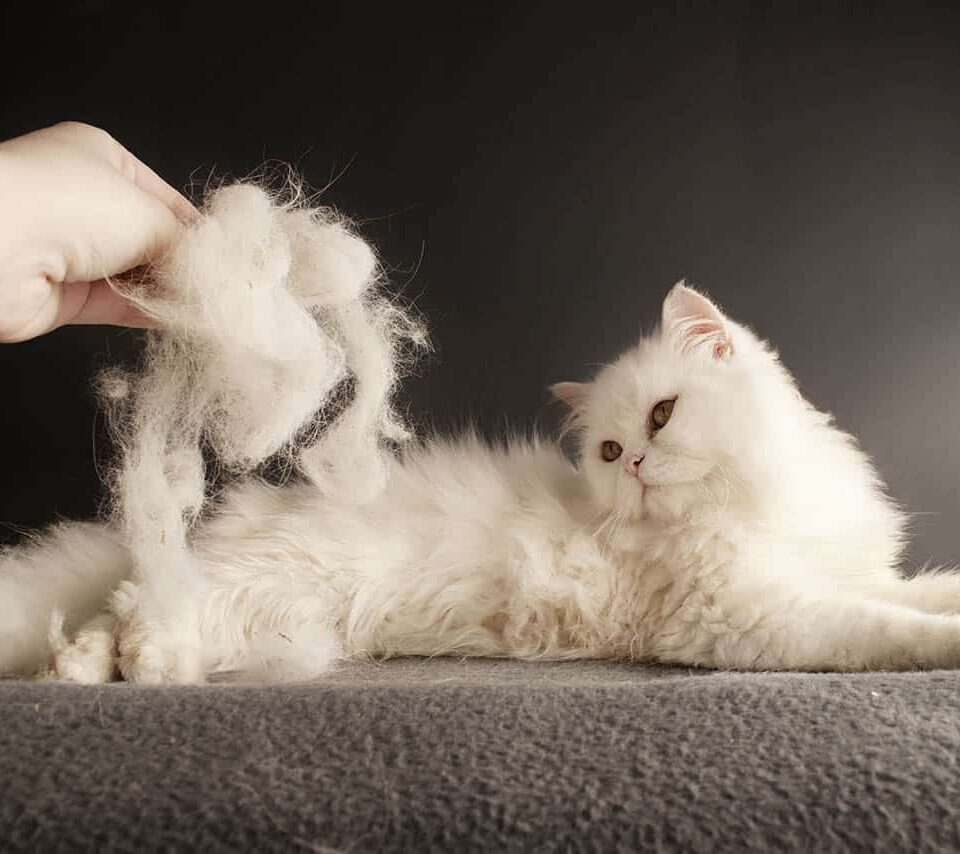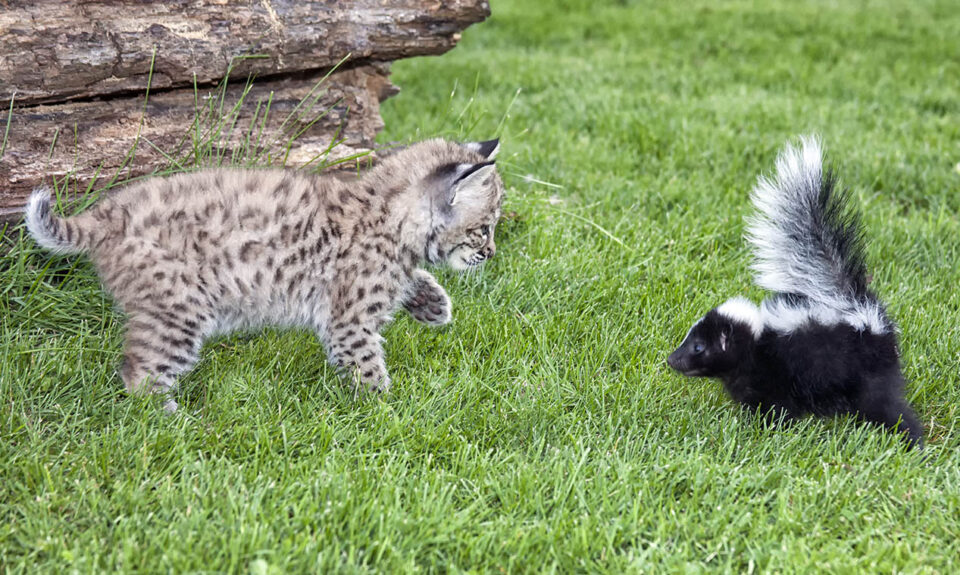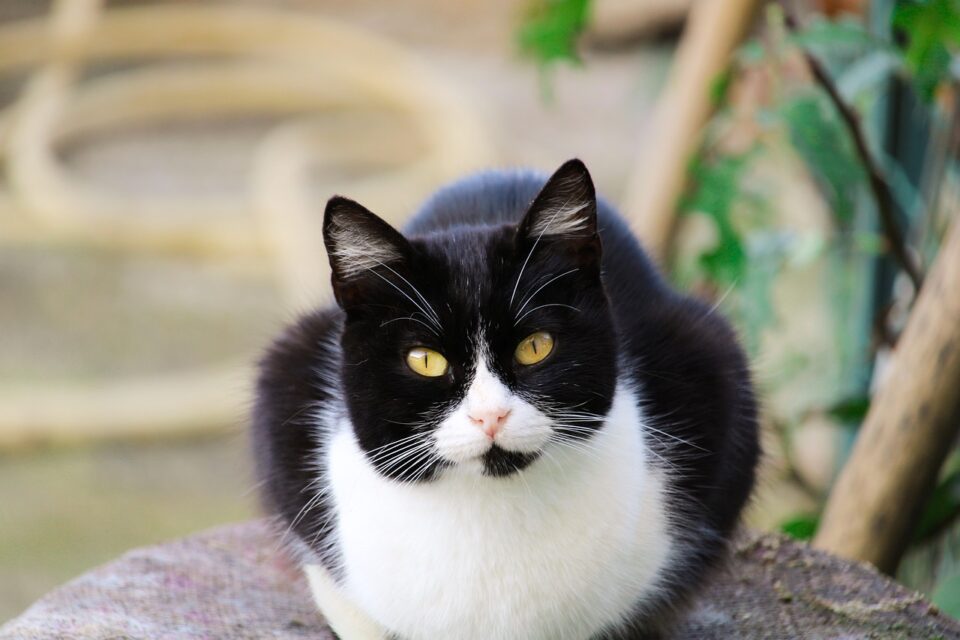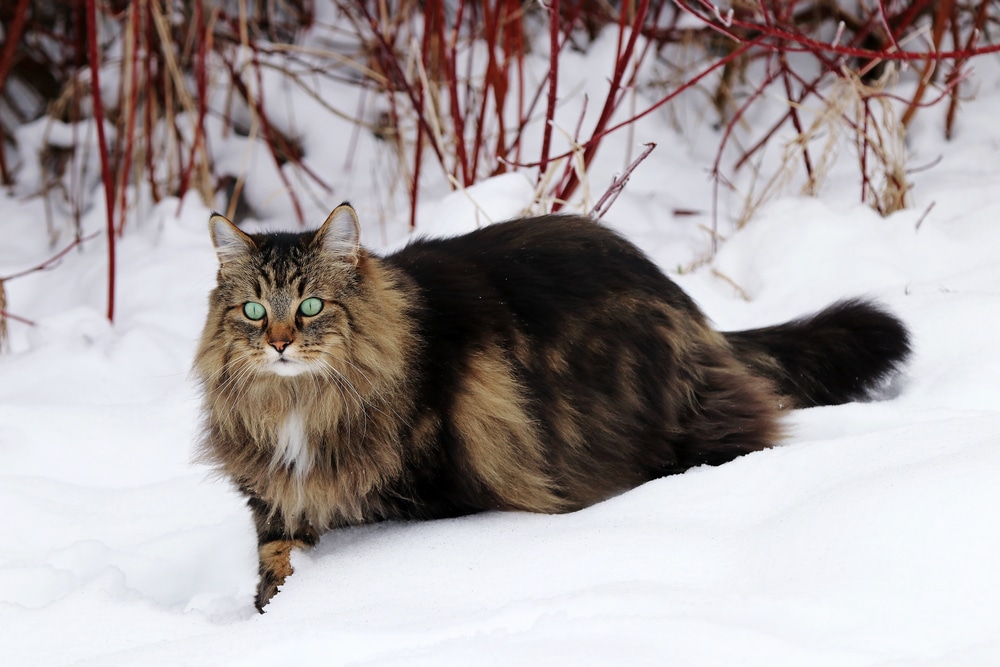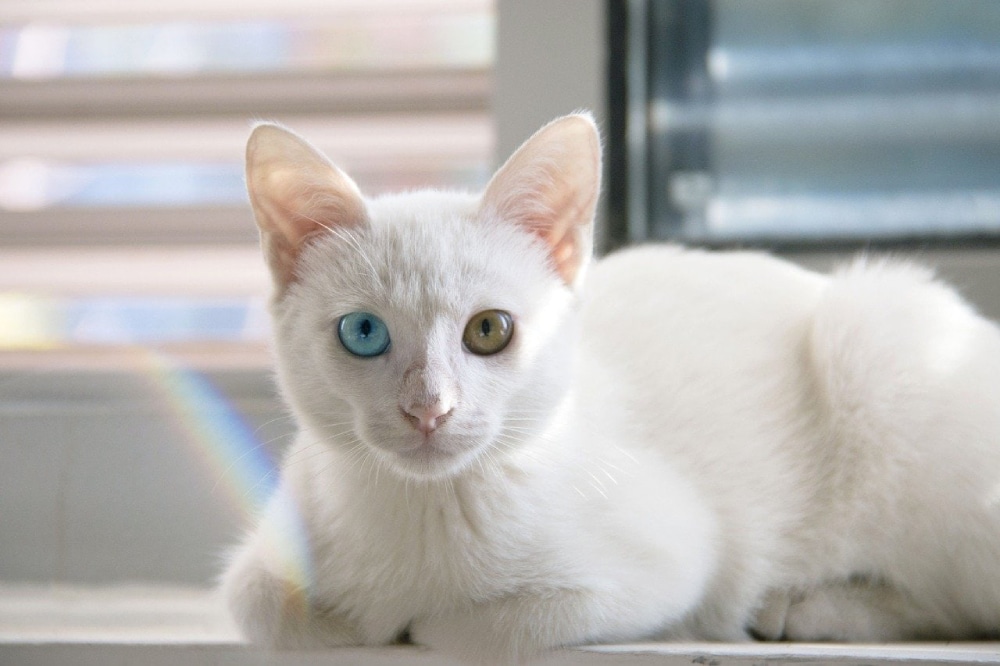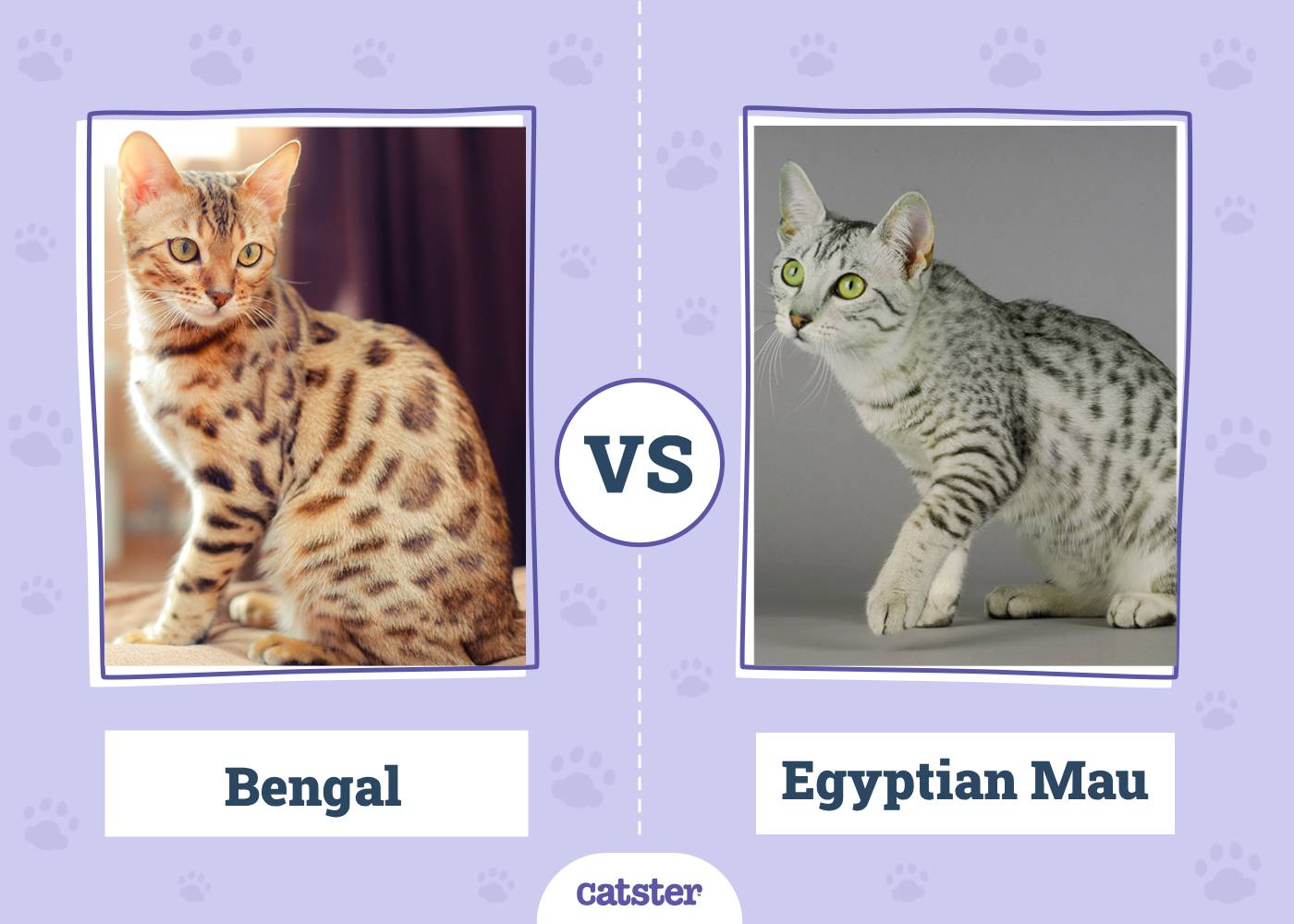Let’s talk about a topic many cat owners are familiar with: shedding. Most cats shed. It’s a part of life with a feline friend. But when should you be concerned? Understanding what’s standard and what’s not can help you decide if a trip to the vet is needed.
Excessive shedding can put any cat owner on edge. Is it the heat? Maybe it’s more than that. Knowing the difference between regular shedding and something more sinister could save you—and your kitty—a lot of trouble. Let’s delve into the fur-filled world of cat shedding and discover when to seek a vet’s advice.
Understanding Cat Shedding
All cats shed, it’s a fact of life. Except for those hairless breeds, of course! Shedding is nature’s way of making room for new growth by getting rid of old, dead hair. Long-haired cats will naturally shed more than their short-haired cousins. To manage this, daily grooming can make a world of difference.
Seasons of Shedding
Cats are attuned to the seasons like little furry meteorologists. As temperatures change, so does their coat. You’ll notice heavy shedding in spring and fall as they swap one coat for another. But if you live in a place with mild seasons, like a tropical paradise or chilly Alaska, your cat’s shedding pattern might not follow the usual rules.
Indoor cats often shed less because they’re not exposed to the elements. However, that doesn’t mean they don’t shed at all. Keeping track of your cat’s shedding routine helps you understand what’s typical for them.
When Should the Vet Step In?
Notice bald spots or irritated skin popping up? That’s your cat yelling for help. If shedding seems out of hand, a vet visit is in order. This could uncover an issue you didn’t even know was there.
Sometimes, it’s not just the hair falling out but what’s happening underneath. A skin condition might be lurking. Address these worries sooner rather than later.
Allergies and Shedding
Allergic reactions are a common cause of shedding, and they can wreak havoc on your cat’s skin. From pollen to fleas, allergens are everywhere. These environmental triggers can lead to more scratching, bald spots, and shedding.
If your furball shows signs of allergy, like restlessness or scratching, it’s time to reach out to a vet. Quick action can prevent minor issues from becoming major problems.
Stress-Induced Shedding
Ever wondered why your cat leaves a cloud of fur behind at the vet? It’s stress. Stress can cause hair to fall out faster than usual. It happens during nail-biting events like vet visits or long car rides.
This type of fur loss is linked to the telogen phase of the hair growth cycle. Rest assured, it’s harmless but maybe invest in a lint roller!
Stress can be managed with pheromone diffusers or a few practice rides in the car to help your cat acclimatize.
Ringworm and Other Infections
Ringworm, despite its misleading name, is a real menace among cats. This fungal infection causes red patches and brittle fur that’s easy to break. It’s not just unpleasant; it’s contagious to humans too.
Say thickened skin or hairless patches pop up. That’s your cue to seek veterinary advice. Testing can reveal the real cause behind these pesky symptoms.
Yeast and bacterial infections are other culprits of hair loss. Don’t sit on this—your vet can provide the right medication to treat these conditions.
Hormonal Shedding Issues
Thyroid diseases often strike cats over ten. Hair loss could be a subtle hint you’re dealing with a hormonal imbalance. Blood tests can confirm such suspicions.
Sometimes, other conditions like Cushing’s disease or ovarian cysts also lead to shedding. If your senior cat starts losing hair, it’s wise to look at their hormonal health.
Once diagnosed, treatment plans can set your cat back on the path to glamorous fur.
Parasites: Tiny Troublemakers
Parasites like fleas and ticks are unwanted guests that irritate your cat’s skin. They’re a prime suspect in unexplained shedding.
Regular anti-parasite treatments keep these pests at bay. Keeping an eye on your kitty’s coat for signs of infestation is just smart pet parenting.
Hormonal Shedding in Pregnancy
Pregnant and nursing cats might shed more, especially around the belly. It’s nature’s way of preparing for kittens to nurse easily.
Don’t fret if your feline sheds more during this time. Once lactation ends, her coat should return to normal.
Keeping Your Cat’s Coat Healthy
Grooming isn’t just about shedding; it’s about bonding! Regular brushing removes loose hairs and reduces hairballs. Plus, your cat will thank you for the extra attention.
Oils rich in omega-3 can pamper your cat’s coat from the inside out. Once you know your cat’s shedding patterns, you’re better equipped to notice when things go off the rails and act fast.
Remember, a healthy coat is a happy cat.
Final Thoughts on Managing Shedding
Shedding is a natural cycle in a cat’s life. But knowing when to act can make all the difference. Keep an eye out for unusual patterns and, when in doubt, your vet is your best ally. A little knowledge goes a long way in keeping your cat purring and happy. Trust your instincts! Embrace the fur, nurture the friendship. It’s all worth it.
Ultimately, being in tune with your cat’s shedding habits is central to their well-being. Spotting unusual signs early ensures they live their best life. Stay observant, stay prepared!
